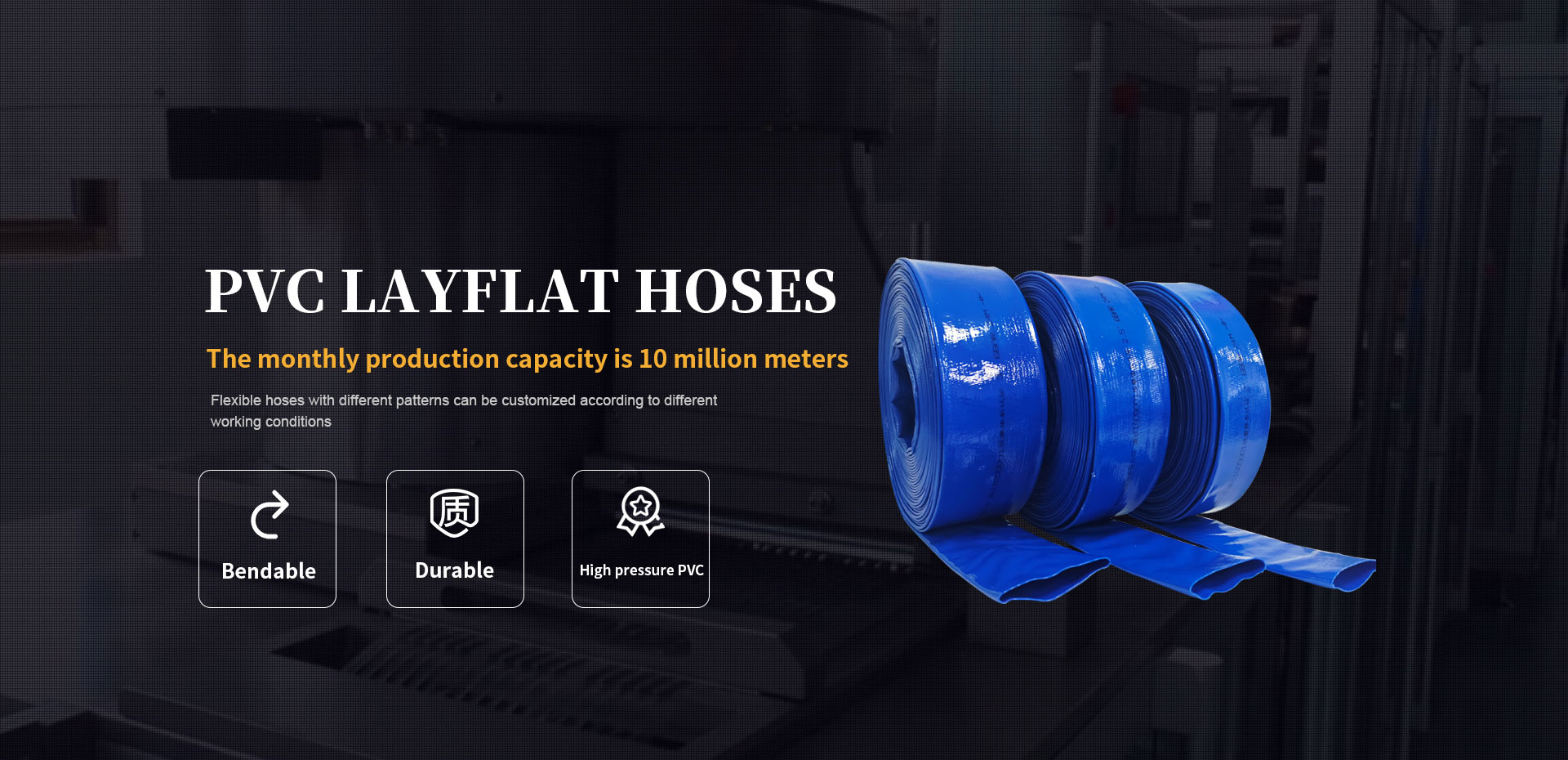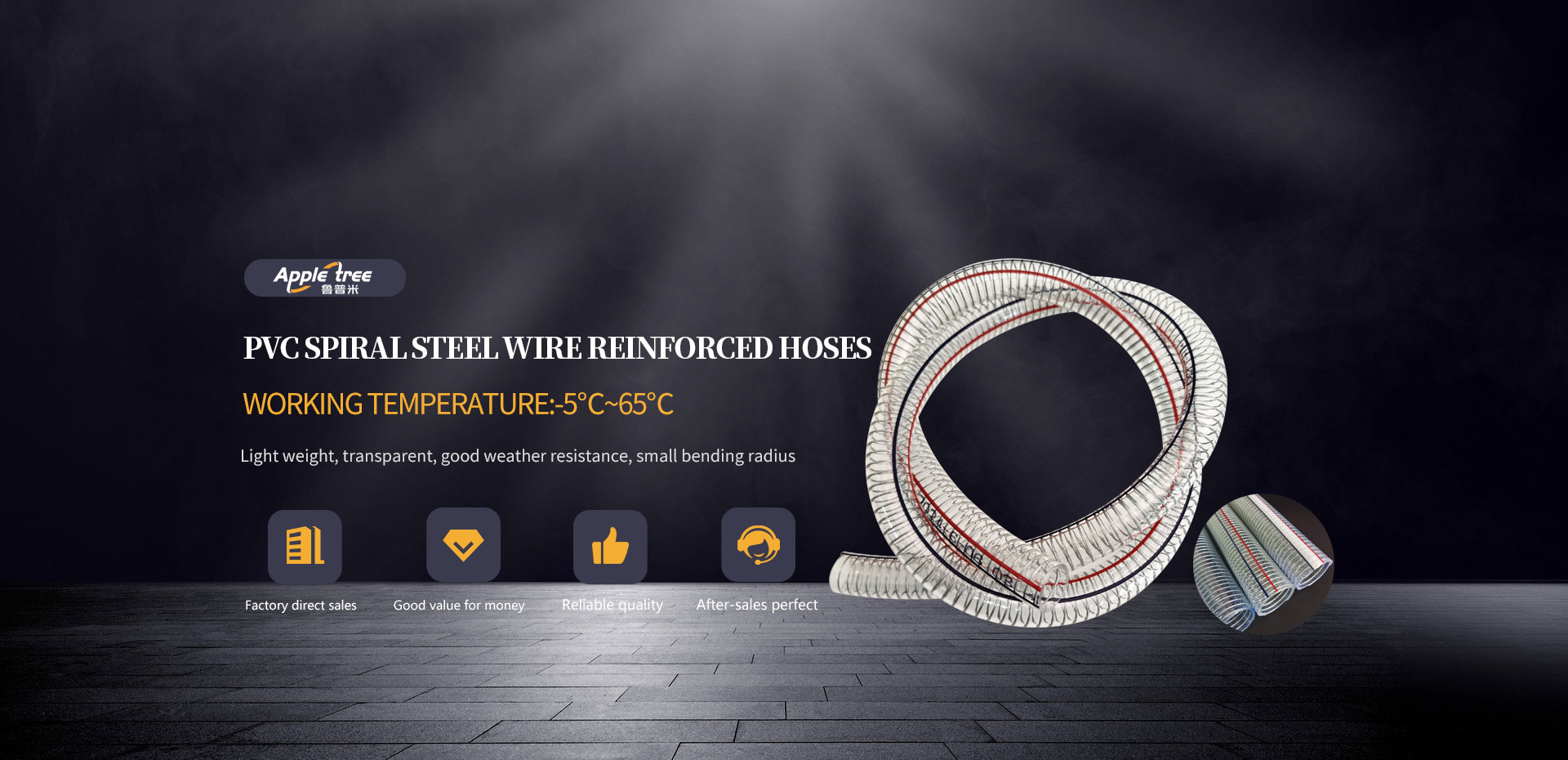The historical experience of all countries in the world in the process of modernization shows that the development rate of plastic pipes has exceeded the economic development rate of the same period, and it is an irresistible trend of historical development to replace traditional pipes with plastic pipes. For example, in 1986, the total consumption of plastic pipes in Europe was 2.134 million tons, and in 1998 it increased to 3.465 million tons, with an average annual growth rate of 5.2%, exceeding the national economic growth rate in the same period. In the past 10 years, the average annual growth rate of China's plastic pipe market is 20%, and the output in 2000, 2002 and 2003 reached 700,000-800,000 tons, 1.3 million tons and 1.5 million tons respectively, with a growth rate of 15%, of which PVC pipes accounted for 55% and PE pipes accounted for 40%. It is expected that before 2010, the average annual growth rate of domestic plastic pipes will still exceed 20%.
Advantages of plastic pipes
Plastic buried pipes have been widely used in foreign countries, because buried pipes have many advantages over traditional buried pipes such as cast iron pipes, steel pipes, and cement pipes.
Strength and rigidity
On the surface, the strength and rigidity of plastic buried pipe are not as good as cement pipe, especially reinforced concrete pipe, in fact, plastic buried pipe belongs to "flexible pipe", in the case of correct design and laying construction, plastic buried pipe and the surrounding soil bear the load together, therefore, plastic buried pipe does not need to achieve the same strength and rigidity as "rigid pipe" such as concrete pipe, can meet the mechanical property requirements in buried use.
Hydraulic characteristicsThe inner wall of the plastic pipe is smooth, the resistance is small, the water flow is large, the water flow of the plastic pipe is larger than that of the concrete pipe under the same caliber, and the pipe diameter of the plastic pipe can be reduced when the terrain has a slope, and the construction amount is small.
Comprehensive economy
In terms of comprehensive economy, the advantages of plastic pipes are being recognized by more and more users. Although the unit price of plastic pipes is slightly higher than that of cement pipes, the total cost of the project is not higher than that of cement pipes. Since 1992, Tianjin Municipal Engineering Design Institute has carried out systematic research on the application of UPVC double-wall corrugated pipe and PE double-wall corrugated pipe in buried drainage pipe since 1998, and the conclusion is: "The engineering cost of double-wall corrugated pipe is comparable to that of concrete flat pipe, and 30% lower than that of socket concrete pipe." The construction period is significantly shortened, and the economic benefits are significant."
Large-diameter outdoor PE buried pipe is the development trend of the world
In the past 10 years, an obvious development trend of plastic pipes in the world is the rapid development of PE pipes for water supply and gas transmission. Since 1998, the meeting of the LGU Distribution Committee of the International Coal Union in Munich unanimously recommended the use of PE buried gas pipelines as distribution pipes, after more than 10 years of research and development in various countries around the world, PE pipelines have developed into pipes of various varieties and applications. Starting from gas distribution and transportation, PE pipelines have entered the fields of urban water supply and drainage, farmland irrigation, sewage discharge, mining and oil fields, floor heating, chemical and pharmaceutical fields. Statistics show that PE pipes are increasing at a rate of 10%-15% per year.
The main reason why the amount of PE pipes exceeds that of UPVC pipes is that PE materials for pipes continue to make significant development
In the early stage of the development of plastic pipes, the amount of PE pipes was much smaller than that of PVC pipes, mainly because of economy. At that time, high-performance PE pipe materials have not been developed, and only PE materials with performance equivalent to PE63 grade can be used, due to low strength, the wall thickness of PE pipes under the same conditions is more than 1 times larger than that of PVC pipes, not only the material cost is high and can only be applied on lower pressure and smaller diameter pipes, otherwise the wall thickness is too large to use. With the continuous increase of research and development efforts, a new generation of PE materials for high-strength pipes continues to emerge, not only PE80 grade, but also PE100 grade products. The upgrading of materials has significantly increased the various stresses of PE pipes, and the thickness of the pipe wall is getting thinner and thinner, even lower than that of PVC pipes.


